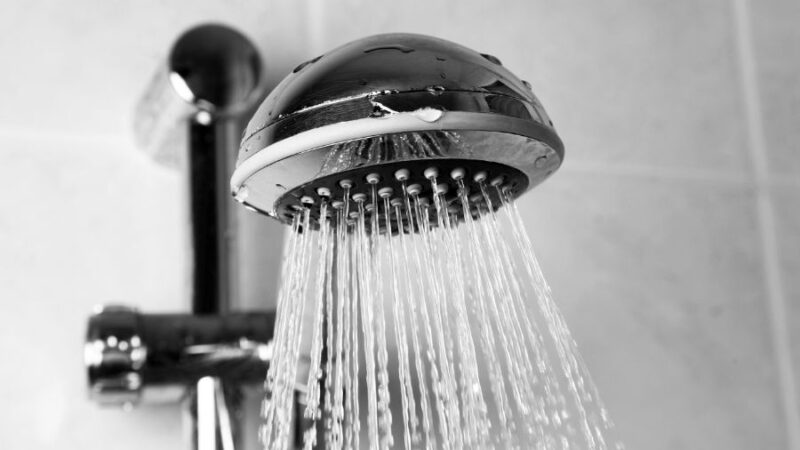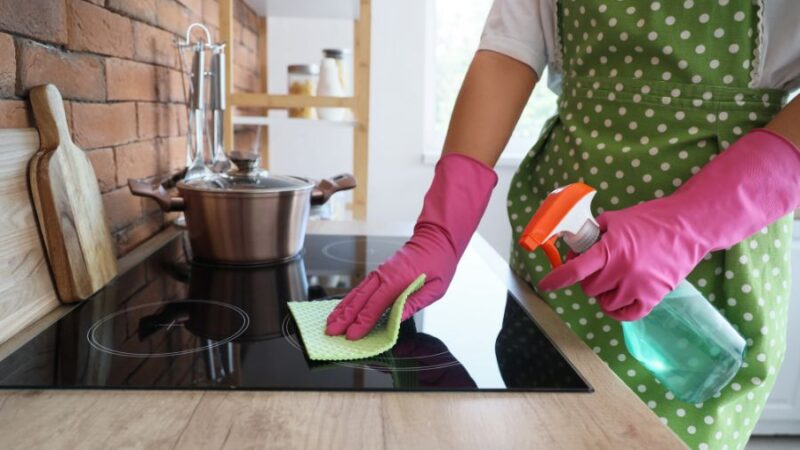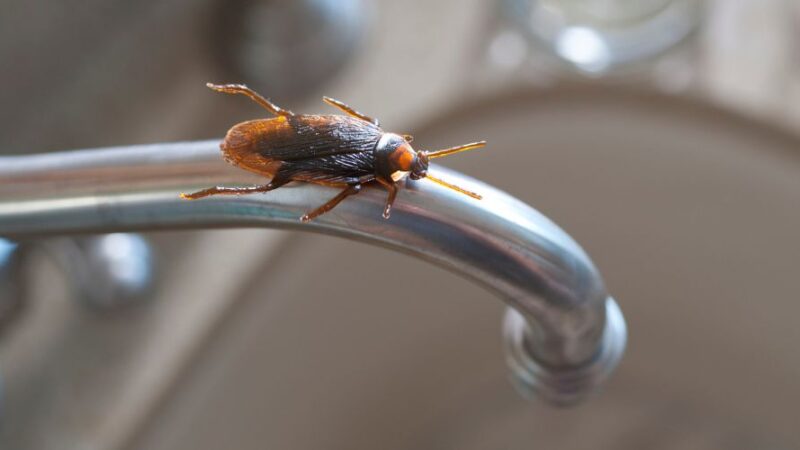Why Your Sink Smells Bad and How to Get Rid of Odors
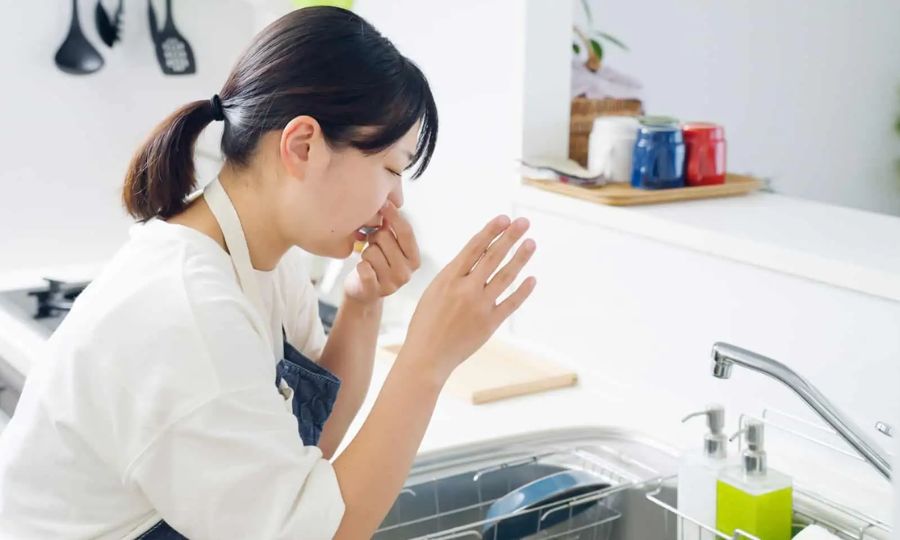
Have you ever walked into your kitchen or bathroom only to be hit by an unpleasant smell coming from the sink? It’s one of those things that can make your whole space feel dirty, even when everything else looks spotless.
A smelly sink isn’t just annoying – it could also be a sign of hidden plumbing issues or bacteria buildup.
In this guide, we’ll explore why your sink smells bad, what causes it, and most importantly, how to eliminate those odors for good using simple, effective, and natural methods.
Common Reasons Why Your Sink Smells Bad
Before you can get rid of the odor, it’s crucial to understand what’s causing it. The source of the smell depends on the type of sink – kitchen, bathroom, or utility. Let’s break it down.
1. Food Particles and Grease Buildup (Kitchen Sinks)
One of the most common culprits behind a smelly kitchen sink is trapped food debris. When you rinse plates or pour oil down the drain, small bits of food and grease cling to the sides of your pipes. Over time, these particles begin to rot and produce foul odors – often resembling rotten eggs or sour milk.
🔹 The Science Behind It:
Bacteria feed on leftover organic matter in your pipes, producing hydrogen sulfide gas – the same compound responsible for that “rotten egg” smell.
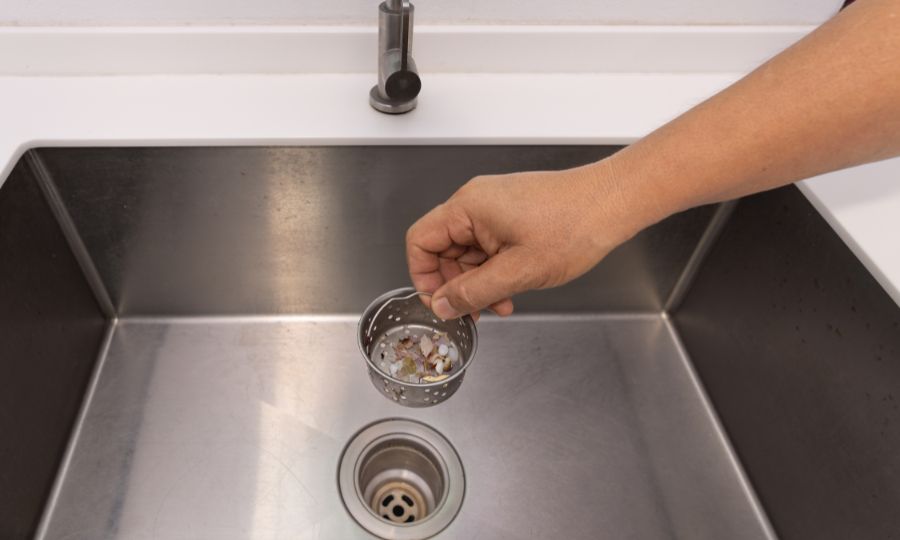
2. Clogged or Dirty P-Trap
The P-trap is the U-shaped pipe beneath your sink that traps water to prevent sewer gases from coming up into your home. However, if the P-trap dries out (common in rarely used sinks) or gets clogged with debris, it loses its ability to block those gases – allowing nasty smells to escape.
🔹 Tip: If your sink smells like sewage, your P-trap is likely the problem.
Fun Fact
Did you know that the average kitchen drain harbors more bacteria than a toilet seat?
That’s right – your sink could be one of the dirtiest spots in your home! Regular cleaning isn’t just about getting rid of smells; it’s about protecting your family’s health too.
3. Biofilm Buildup in the Drain
That slimy, dark gunk inside your drain? That’s biofilm – a layer of bacteria and organic material that builds up over time. It forms when soap scum, toothpaste, hair, and skin cells combine with moisture, creating a perfect environment for bacteria to thrive.
🔹 Common in: Bathroom sinks and shower drains.
🔹 Smells like: A musty or moldy odor.
4. Garbage Disposal Odor
If you have a garbage disposal, it can easily become the smelliest part of your kitchen. Leftover food scraps, oils, and fibers often get stuck under the blades or in the splash guard, creating an unpleasant stench over time.
🔹 Pro Tip: Even if you rinse your disposal after use, small particles can still cling to hard-to-reach areas and rot.
5. Sewer Line Issues
Sometimes, the problem goes beyond your sink. A damaged or blocked sewer line can cause sewer gases to back up into your home through the drains. This often smells extremely foul – like rotten eggs, feces, or chemicals.
🔹 Warning: If multiple drains in your home smell bad, it could be a serious plumbing issue that requires professional attention.
6. Bacteria in Overflow Hole
Most bathroom sinks have an overflow hole that prevents water from spilling over. Unfortunately, it’s also a hidden spot for bacteria, soap scum, and mildew to accumulate, leading to persistent smells even when your drain looks clean.
7. Hard Water and Mineral Deposits
In areas with hard water, minerals like calcium and magnesium can build up inside the pipes, trapping debris and bacteria. This buildup not only restricts water flow but can also contribute to bad smells.
How to Clean a Stinky Garbage Disposal in Minutes
How to Get Rid of Sink Odors Naturally
Now that you know what causes those unpleasant odors, it’s time to tackle them! Here are some proven, natural, and safe methods to freshen up your sink and prevent future smells.
1. Baking Soda and Vinegar Magic
This classic cleaning duo is effective, eco-friendly, and inexpensive.
How to do it:
- Pour ½ cup of baking soda down the drain.
- Follow with 1 cup of white vinegar.
- Let the mixture fizz for 10–15 minutes to break down grime and kill bacteria.
- Flush the drain with hot water.
✅ Result: Neutralizes odors, clears minor clogs, and removes residue from pipes.
2. Use Lemon and Ice for Garbage Disposal
If your garbage disposal stinks, this trick not only cleans it but leaves it smelling fresh.
How to do it:
- Drop a few ice cubes and lemon slices into the disposal.
- Run cold water and turn on the disposal for 30 seconds.
🟢 Bonus Tip: Add a spoonful of rock salt – it helps scrub away buildup from the blades.
3. Flush the P-Trap
If the sink hasn’t been used in a while, pour a few cups of water into the drain to refill the P-trap. This creates a water barrier that blocks sewer gases.
🔹 Pro Tip: Add a tablespoon of vegetable oil on top of the water in rarely used drains – it slows down evaporation.
4. Clean the Overflow Hole
Use a small funnel to pour a mixture of equal parts baking soda and vinegar into the overflow hole. Let it sit for 10 minutes, then rinse with boiling water.
This kills bacteria and removes mildew smells.
5. Disinfect the Drain Regularly
Once a week, pour a mixture of:
- 1 cup boiling water
- ½ cup baking soda
- 1 cup vinegar
Follow with another flush of boiling water. This keeps drains fresh and prevents buildup.
How to Unclog Blocked Drain in Your Home
6. Check for Plumbing Issues
If the smell persists after cleaning, it may be due to:
- A leaky pipe
- A damaged vent
- Or a clogged sewer line
In these cases, contact a professional plumber. They can inspect the system using cameras or pressure tests to locate and fix the issue safely.
7. Install Drain Strainers
To prevent future clogs and odors, install mesh drain strainers in your kitchen and bathroom sinks. They trap hair, food, and debris before they enter the drain – making cleaning easier and preventing buildup.
Preventive Tips to Keep Your Sink Smelling Fresh
- 🚿 Run hot water for 30 seconds after each use – it helps flush away grease.
- 🍋 Clean your garbage disposal twice a month with citrus and ice.
- 🧴 Avoid pouring fats or oils down the sink – they solidify and trap odors.
- 🪣 Clean drains regularly with vinegar and baking soda.
- 🌬️ Keep air vents clear to prevent pressure buildup in pipes.
When to Call a Plumber
If you’ve tried cleaning and the smell still lingers – especially if it smells like rotten eggs or sewage – it’s time to call a professional. This could indicate a broken vent pipe, cracked drain line, or even a sewer backup. Ignoring these issues can lead to serious damage and health risks.
Final Thoughts
A smelly sink is more than just an unpleasant nuisance – it’s a warning sign that something’s off in your plumbing system. Whether it’s decaying food, a dry P-trap, or a deeper plumbing issue, the key is to act quickly.
By following these simple cleaning routines and preventive tips, you can keep your sink smelling fresh, your drains running clear, and your home feeling clean and inviting.

